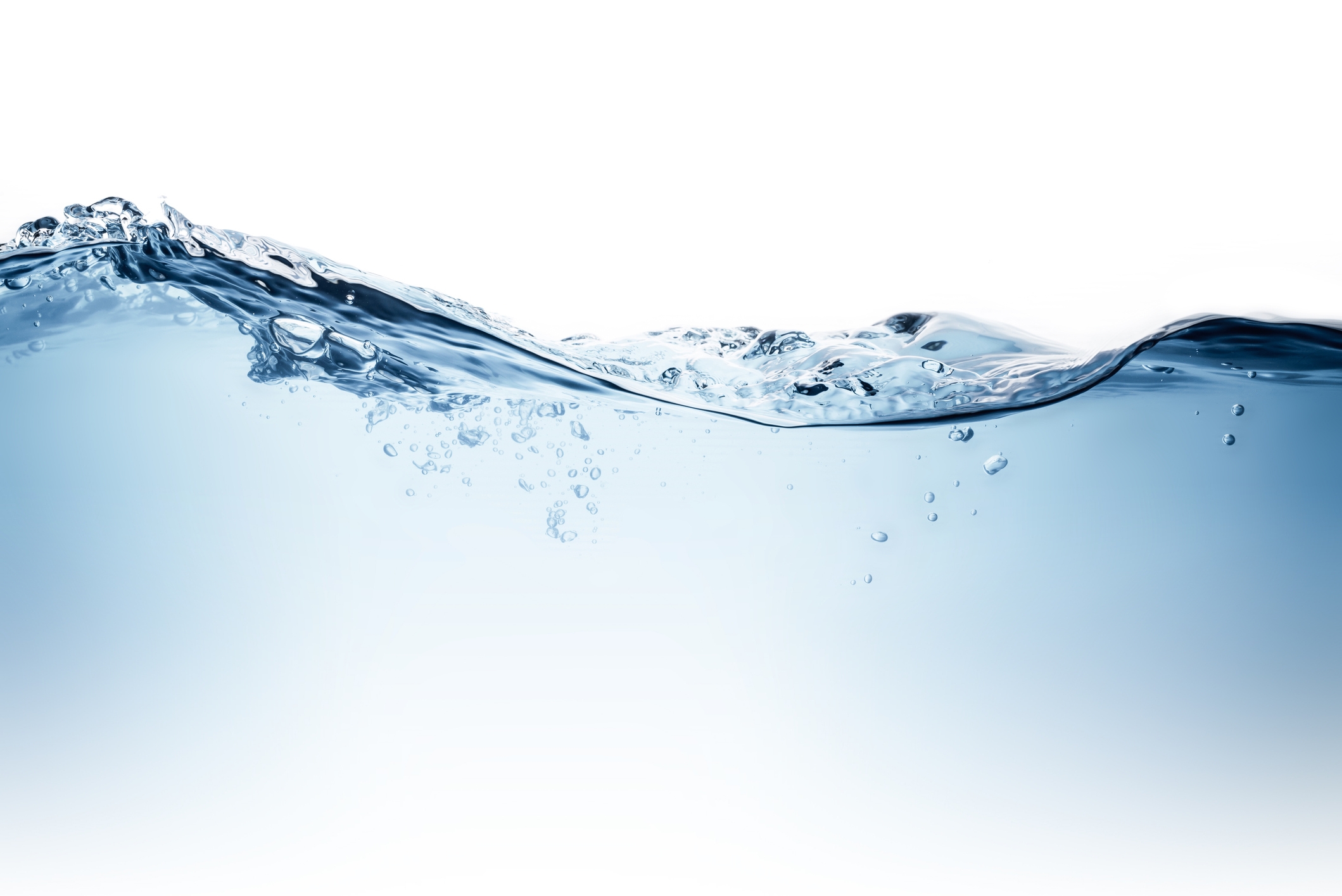6.3 Chemical quality of drinking water
A number of chemicals, both organic and inorganic, are of concern in drinking water from the health perspective because they are toxic to humans or are suspected of causing cancer. Some can also affect the aesthetic quality of water.
The presence of chemicals in drinking water may result from:
natural leaching from soils, rocks and mineral deposits into source waters;
land-use activities in catchments leading to exacerbation of natural processes such as mobilisation of salts;
run-off from agricultural operations within drinking water catchments;
biological processes including growth of cyanobacteria and algae in waterways and reservoirs;
contamination of source water by treated effluent discharge and other point sources within the catchment;
carry-over of small amounts of treatment chemicals;
addition of chemicals such as chlorine and fluoride;
generation of disinfection by-products due to reaction between organic and inorganic chemicals in water and disinfectants like chlorine;
corrosion and leaching of substances such as metals and metalloids from pipes, fittings and other plumbing products in contact with drinking water.
Last updated
